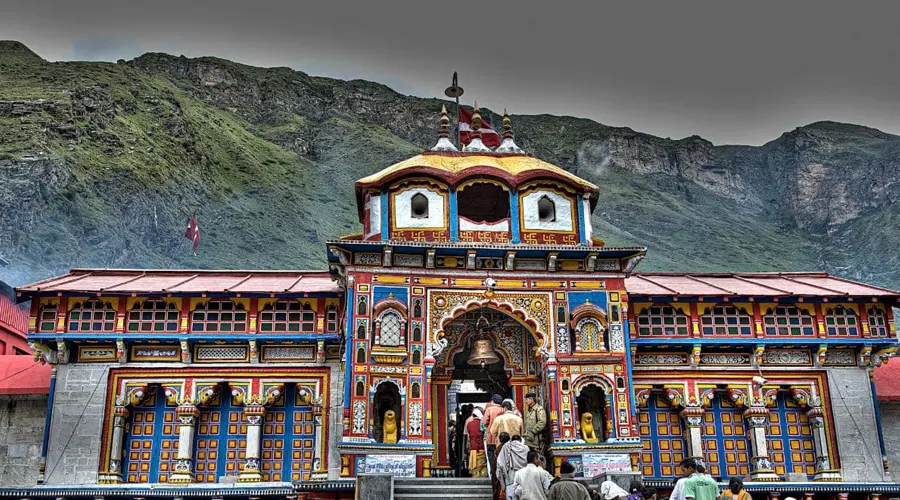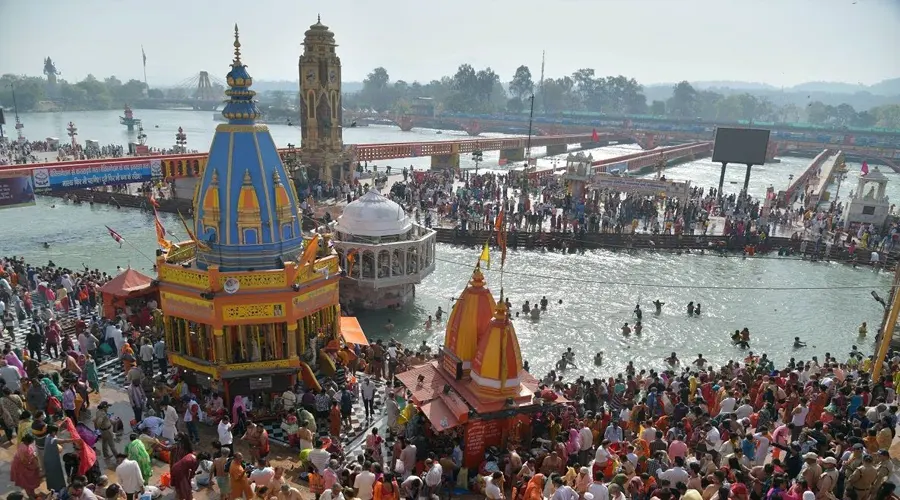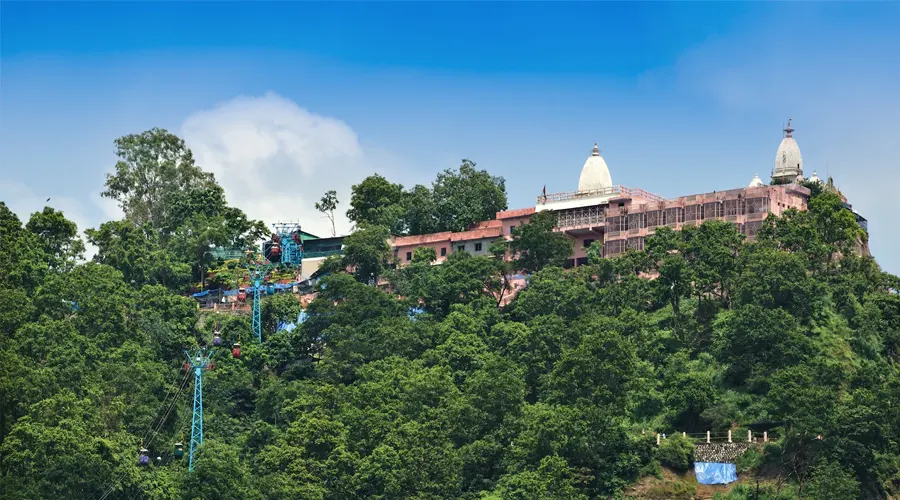Gangotri Dham, Uttarakhand
Gangotri Dham, located at the height of 3,100 meters (approx.) on the Himalayan range in the Uttarkashi district of Uttarakhand, holds a very special place in the hearts of Hindus. It is one of the four sacred and important pilgrimage sites of Chota Char Dham Yatra in Uttarakhand. Amid all the natural beauty and grace which the mountains and altitude of the place afford, what makes Gangotri one of the holiest places is its intimate connection with the River Ganga (the Ganges).
Ganga Maa (mother), the much-revered deity of Hindus, originates from the Gangotri glacier at Gaumukh which is some 18 km from the Gangotri town. It is said that Goddess Ganga came to earth to wash away the sins of King Bhagirathi's ancestors. From the folds of mythology till the present time, the Ganga River has always been a sacred source of purity for mankind. Coming to Gangotri for a religious tour is not only a religious duty but a spiritual calling too.
WHAT TO SEE IN GANGOTRI DHAM?
GANGOTRI TEMPLE
A picture of serenity, the humble abode of Maa Ganga is situated by the side of the Bhagirathi River. Located in the Uttarkashi district of Uttarakhand, the revered temple is one of the four pilgrimages in the Chota Char Dham circuit of Garhwal Himalayas. Mother Ganga is present on the premises of the white temple building in the form of a small silver idol. The amazing mountain range of the Himalayas and the flowing Bhagirathi by the side makes for a perfect setting to behold the life-giving, gentle yet powerful deity. The pilgrims are required to bathe in the crystal clear waters of the pious river before visiting the main shrine.
As the winter season gets ready to knock on the doors of the mountain region, Goddess Ganga gets ready to leave for Mukhyamath temple in Mukhba village, 20 km downstream. The transfer takes place on the auspicious day of Diwali (Oct/Nov) amid Vedic chants and elaborate rituals. With greater joy and enthusiasm, the Goddess is brought back to the Gangotri temple on the occasion of Akshaya Tritiya (April/May).
UNDERWATER SHIVLING
A Shivling made from the natural rock is submerged underwater and is easily visible in winters when the water recedes. It is said to be the place Lord Shiva sat on while he tied Ganga in his matted hair. Dividing it into 7 streams, Shiva saved earth from the massive force of Devi Ganga.
GAUMUKH AND TAPOVAN
To witness the holy birth of the River Ganges at Gaumukh, one can take up a picturesque and exciting trek surrounded by peaks and soaring peaks. One can further trek to Tapovan which is about 4 km from Gaumukh. Tapovan has meadows, beautiful flowers, streams, and incredible views of surrounding Himalayan Peaks such as Shivling and Bhagirathi. Tapovan is also a base camp initiating several mountaineering tours.
BHAIRON NATH TEMPLE IN BHAIRON GHATI
Some 10 km downstream from Gangotri, near the point where Jadh Ganga (also called Jhanvi River) merges with Bhagirathi, lies the temple of Bhairon Nath. As per a legend, Bhairon Nath was chosen by Lord Shiva as the protector of the region. And every visit to the Gangotri temple should be followed by a visit to the temple of Bhairon.
Moving about 3 km from Bhairon Ghati one can reach Lanka Chatti to witness one of the highest river bridges of the region; the bridge over River Jhanvi is quite a spectacle in its own right.History
The picturesque pilgrimage in the hinterlands of the Himalayas is the most sacred spot where Ganga, the stream of life, touched earth for the first time.
According to Hindu mythology, Goddess Ganga took the form of a river to absolve the sins of King Bhagiratha’s predecessors, following his severe penance of several centuries. Lord Shiva received into his matted locks to minimize the immense impact of her fall. She came to be called Bhagirathi at her legendary source.
King Sagar, after slaying the demons on earth decided to stage an Ashwamedha Yajna as a proclamation of his supremacy. The horse which was to be taken on an uninterrupted journey around the earth was to be accompanied by the King’s 60,000 sons born to Queen Sumati and one son Asamanja born of the second queen Kesani. Indra, supreme ruler of the gods feared that he might be deprived of his celestial throne if the ‘Yagya’ succeeded and then took away the horse and tied it to the ashram of Kapil Muni, who was then in deep meditation.
The sons of King Sagar searched for the horse and finally found it tied near the meditating Kapil. Sixty thousand angry sons of King Sagara stormed the ashram of sage Kapil. When he opened his eyes, the 60,000 sons had all perished, by the curse of sage Kapil. Bhagiratha, the grandson of King Sagar, is believed to have meditated to please the Goddess Ganga enough to cleanse the ashes of his ancestors, and liberate their souls, granting them salvation or Moksha.
Another Legend:
It is said in one of the mythological tales that Ganga, was a vivacious beautiful woman who was born out of Lord Brahma's Kamandalu (water vessel). There are two accounts of her birth. One proclaims that Lord Brahma while washing Lord Vishnu's feet had collected this water in his Kamandalu after Lord Vishnu had freed the universe from demon Bali in his rebirth as Vaman.
Another legend states that Ganga came down to earth in the form of a human and married an ancestor of the Pandavas of the Mahabharat, King Shantanu. She is believed to have yielded seven sons who were thrown into the river by her and the reasons behind this are unexplained. Her eighth child, Bheeshma, was spared due to the intervention of King Shantanu. Ganga left him. Bheeshma is the one who later played a very crucial role throughout Mahabharata, the grand epic.


























